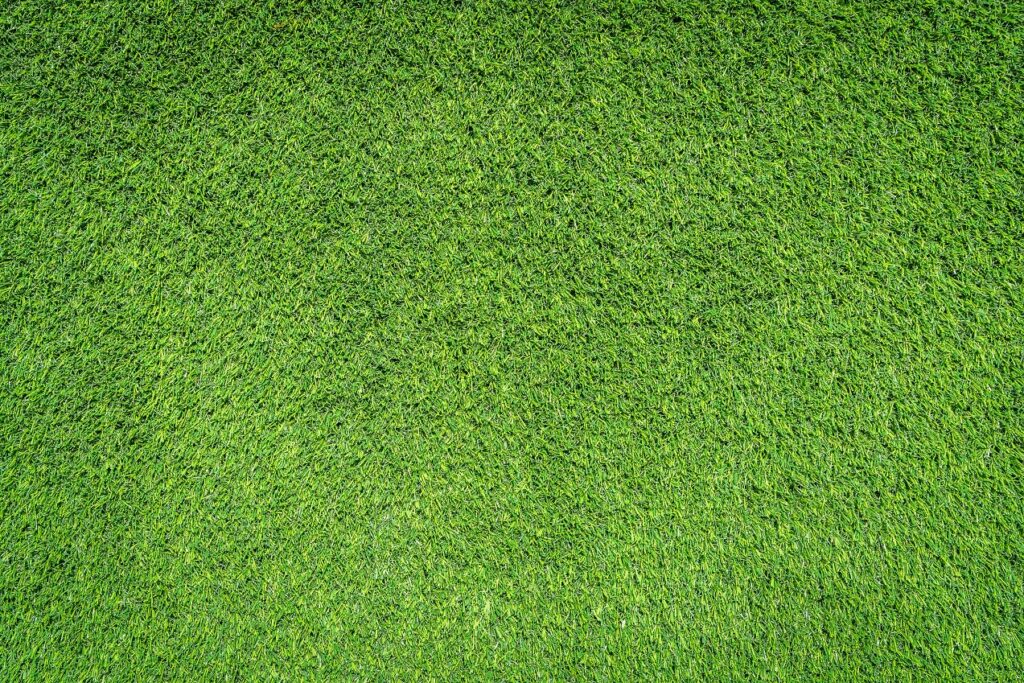
Winter Tips To Keep Commercial Landscaping Looking Its Best
Plants aren’t in bloom in cooler temperatures, but that doesn’t mean your grounds don’t need care in the winter. Rather than taking it easy with your commercial landscaping, understand that the winter season is the perfect time to bring out the best in your grounds. In this article, we provide guidance to help you and your landscape with these winter grounds care tips.
Lay Down New Mulch
Revitalize the look of your grounds by spreading new mulch. Besides visual appeal, another reason we suggesting laying down new mulch is a rich layer helps shield sensitive greenery and keeps nutrients and moisture locked in the soil where they belong.
Prune Plant Material
Take time to trim your trees and shrubs, get rid of dead plant material and prune ornamental grasses. Proper pruning helps reduce the chances of your grounds suffering the ravaging effects of disease and infesting pests. Plus, you’ll open up more ground for lush growth and lend your landscaping a crisp look.
Change Your Irrigation Systems
Because of the snow and frost cooler months bring, you don’t need to water your landscaping as much. Instead, switch your focus to proper drainage. Let our landscaping professionals help you with a winter watering plan designed specifically for your topography and plants. The right drainage and irrigation strategy helps you save money and reduces soil erosion and runoff.
Get Proactive About Weeds
Touching back on the importance of mulching, another benefit of this landscaping tip is you prevent weeds early. The right pre-emergent treatment keeps invasive plants from getting a handhold in your grounds to lay claim to your landscaping when spring rolls around.
Use a Spring Fertilizer
Mark your calendar or set a reminder on your phone on the last day of winter or the first day of spring to apply fertilizer. That way, you renew your soil’s nutrients and give your landscaping a chance to look its best during warmer months. Take care when using fertilizer, though, as you don’t want to risk nutrient lock or fertilizer burn. We recommend a soil analysis, so you know exactly what your landscaping needs and how much fertilizer to use.
Plant the Right Plants
Perennial plants and ground cover wither away in the winter but spring back in spring. Give these plants a helping hand by cutting them back before the first frost or snow, so they remain dormant until the spring. Putting down mulch helps insulate your plants.
If you aren’t sure which plants fare better in your geographic area during the winter, the U.S. Department of Agriculture provides a climate map to help. Other than plants that do well in the winter, the map also lists plants that don’t flourish during cold weather.
Don’t Forget To Rake
Keep your rake out after the fall, as we suggest raking your gardens and lawn during the winter to prevent plant debris from gathering over the months. You don’t want to risk untended debris and piles of leaves blending with snow and causing fungus and mold growth.
Protect Against the Effects of Road Salt and Sand
Depending on where you live, the city may regularly salt and sand the roads around your landscape. If this happens, consider covering small trees and evergreen shrubs planted close to areas of your landscape that get a lot of traffic.
If you salt your commercial grounds yourself, take care that you don’t spread too much around tree roots. Another reason to go easy on the salt and sand is to avoid groundwater runoff.
Give your commercial landscaping some TLC in the winter. If you need help or if you have questions, contact a Grounds Control USA representative at 855-464-2872. You can also submit an online form.
